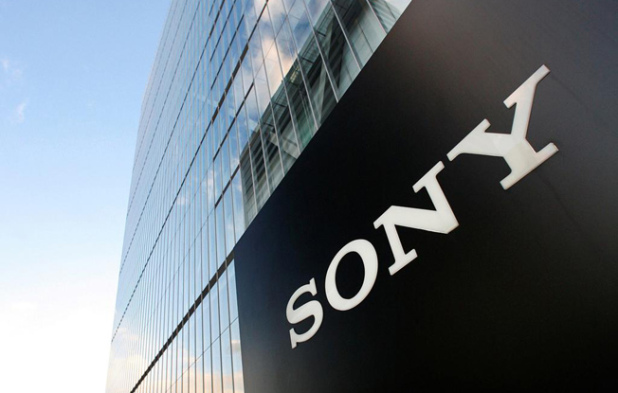Although neither company has made any official statements, news reached the press late last week that Viacom and Sony had come to a tentative agreement for streaming the former’s networks on a yet-to-be-released Sony video platform. Details are sparse, as the two companies are presumably still working out the finer points of the deal, but here is what we know thus far:
+ The service would feature live feeds of the Viacom networks, the same as any MVPD would get
+ It will be initially available on connected Playstations and potentially Sony Smart TVs
The new streaming service would be competitive with similar products in the works from Google and Intel, but if the deal holds, it will be the first of the three to have secured live TV feeds. With content owners up in arms about Aereo’s live TV service and MVPDs facing increased competition from over-the-top solutions, this type of agreement seems counter to the industry’s interest in protecting the existing TV model. So why do it? We can only speculate at this point, but here are two potential reasons:
+ Viacom doesn’t have corporate ties to any particular multichannel provider, and has been notoriously aggressive in its negotiations them. We seriously doubt NBC Universal (Comcast) or the Turner Networks (Time Warner Cable) would be part of this kind of deal unless it was somehow synergistic. With multichannel subscriptions set to peak this year (see the latest Media Economy Report), perhaps Viacom is laying the groundwork to make sure its channels are viewable in a broadband-delivered video world.
+ Theoretically, the live feeds streamed via Sony’s service would include only the national ads. Since multichannel providers typically have some local ad time to sell every hour, Sony could possibly generate some ad revenue by filling in those gaps.
We estimate that there are currently about 22 million connected Playstations in the US today, which will give Sony’s new video service a relatively small footprint to start with. There will have to be subscription fees to finance the carriage of Viacom’s networks, which will further limit uptake. All in all, we don’t expect it to have any meaningful impact on the marketplace, especially since the user experience won’t be a la carte or on demand; it will be the same as receiving the networks via cable.
However, it does bring a familiar issue to the forefront, one we have been citing for some time now. The MVPDs control most of the broadband connections in the country. As consumers eschew traditional cable subscriptions for broadband video delivery, those companies will naturally charge more and more for internet access to make up for those losses. This was confirmed by former Time Warner Cable CEO Glenn Britt, who was quoted in a New York Times article as saying: ”The reality is, if everybody watched TV over the Internet, and we were out of the TV business, then we would have to recover more money from the Internet service.”
At that point, the question becomes: is it really “cord-cutting?” Or just “cord switching?”
For more information, contact [email protected] or [email protected].

